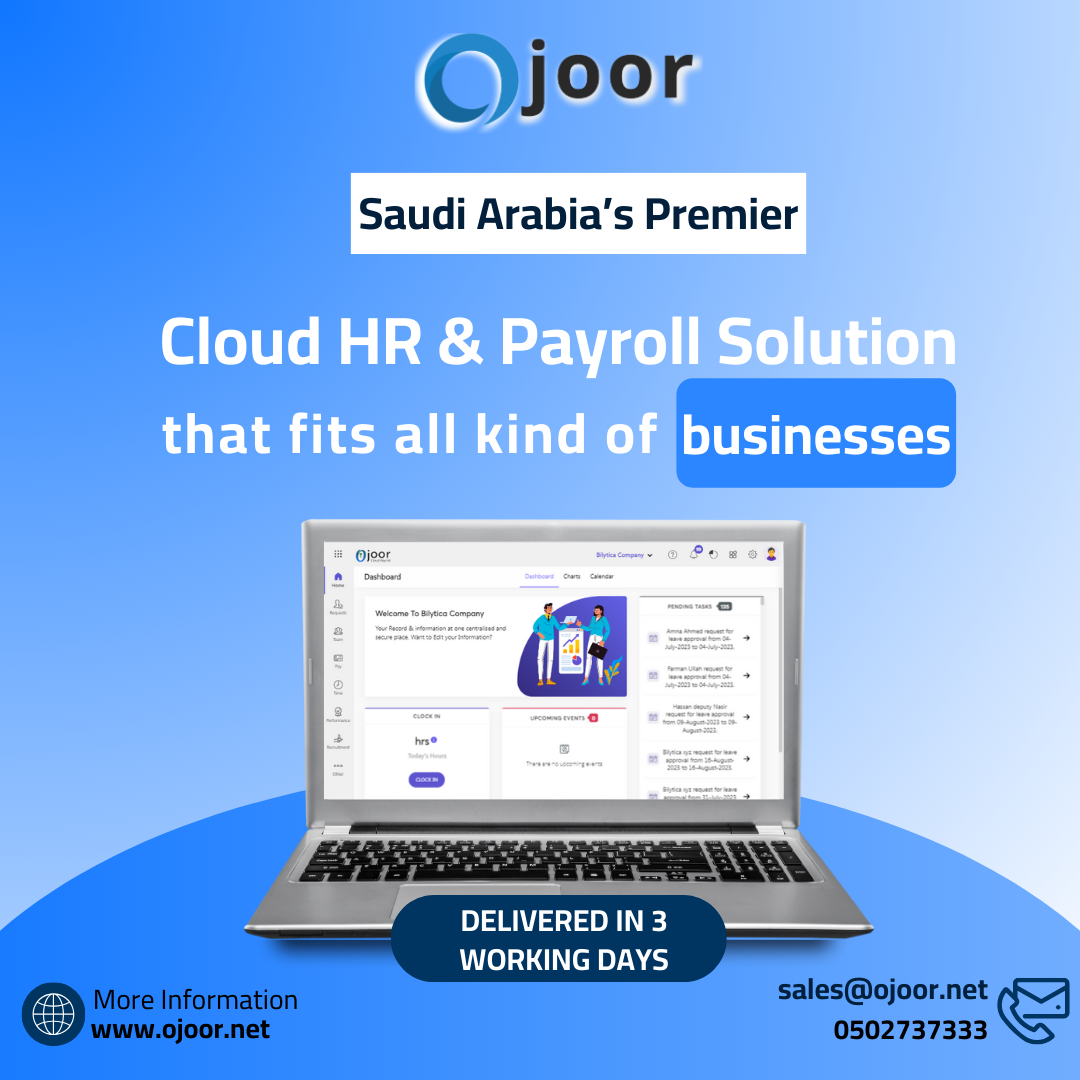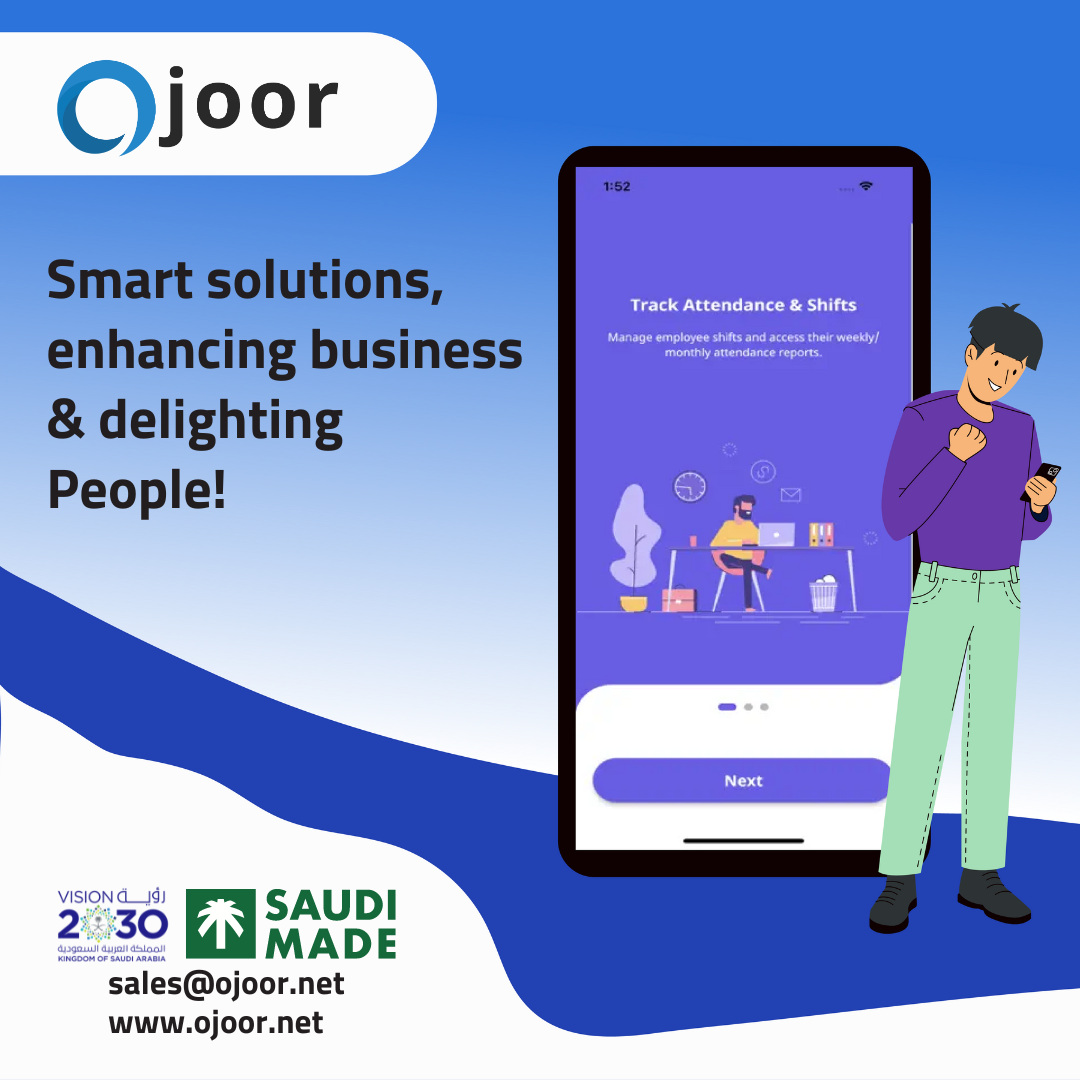Ojoor # 1 is one of the top HRMS Software that has become an essential tool for businesses looking to streamline HR processes, improve the experience of employees, and propel the strategic growth of their business. An HRMS is an extensive software system that can streamline and automate different HR functions, allowing organizations to oversee their employees efficiently and efficiently. We’ll dive into the fundamental roles of an HRMS as well as their significance in the current HR management.
Click to Start Whatsapp Chatbot with Sales
Mobile: +966547315697
Email: sales@Ojoor.net
Ojoor #1 HRMS Software

What are the primary functions of an HRMS Software?
Personnel Administration
The administration of personnel is the mainstay of HRMS Software. It covers managing employee information documents, records, and other information throughout the lifecycle of an employee. HRMS keeps essential information about employees including personal information including contact details as well as employment history, qualifications, and evaluations of performance in a central database. Through the digitization and automation of HR administration processes, HRMS streamlines data entry as well as ensures the accuracy of the data, and allows easy retrieval of employees’ information when required.
Recruitment and Applicant Tracking
HRMS plays an essential role in the recruitment process and the acquisition of talent by centralizing and automatizing the whole hiring process. From posting job ads and candidate sourcing to screeners for resumes, scheduling interview and offer management HRMS simplifies the recruitment process reduces time-to-fill and improves the experience for candidates. Application tracking functions within HRMS allow recruiters to manage their candidate pipelines, monitor recruiting metrics, and communicate with hiring managers efficiently to ensure a smooth and efficient process for recruiting.
Onboarding and Offboarding
Achieving effective onboarding and offboarding is essential to establish the right conditions to ensure employee success as well as an easy transition for employees leaving. HRMS helps with onboarding by automating paperwork, education assignments, and orientation plans for new employees. With self-service portals as well as customized checklists for onboarding, HRMS empowers new employees to complete their tasks as well as access company resources, and become familiar with the company’s policy and culture. In addition, HRMS streamlines offboarding processes by automating exit interviews, coordinating documents for exits, and aiding in knowledge transfer, making sure that there is an enjoyable experience for employees leaving.
Time and Attendance Management
HRMS Software automates time monitoring, attendance management, and management of leave, which ensures precision and compliance with time-related transactions. Employees are able to clock in and out or request time off and see their leave balances via self-service portals inside HRMS. Automated workflows and approval processes simplify leave requests, ensuring prompt approvals and precise records of attendance. The integration of biometric devices and time clocks allows companies to capture time information accurately and avoid mistakes made by manual processes that are associated with traditional timekeeping techniques.

What are the primary functions of an HRMS Software?
Payroll Processing
Payroll processing is an essential aspect of HRMS. It involves the calculation, distribution, and administration of wages, salaries tax, benefits, and taxes. run payroll automates the calculation of payroll including tax deductions, as well as benefit payments based on predetermined rules and guidelines. Through integrating with time and attendance programs, HRMS ensures that payroll information is current and accurate which reduces the chance of errors and ambiguities in the processing of payroll. In addition, HRMS generates payroll reports along with tax filings and compliance documentation, helping to ensure compliance with regulations and the readiness to audit.
Performance Management
HRMS helps in the management of performance by supplying tools and functions to set goals, track progress, and conduct evaluations of performance. Employees and managers can set goals for performance, monitor progress towards goals, and give feedback on their performance throughout the year by using HRMS. Automated reminders and notifications make sure that reviews of performance are conducted promptly and consistently, encouraging accountability and continual improvement. Integrating learning management software permits organizations to link performance metrics to training and development programs to ensure alignment between employee performance and the goals of the organization.
Learning and Development
HRMS assists employees in their learning and development by offering access to training materials including courses, training, and opportunities to develop. Employees are able to enroll in courses, take advantage of electronic learning courses, and track their progress towards certifications as well as targets for the development of their skills via HRMS. Integrating with systems for performance management allows organizations to spot gaps in skills and needs for development, customize training programs according to individual needs, and assess the effect of training on career development and performance.
Employee Self-Service
Self-service by employees is a crucial HRMS feature, empowering employees to handle their own HR-related work and personal information on their own. With self-service portals in HRMS, employees are able to update their personal information, access pay stubs and time off, sign up for benefits and get access to the company’s policies and other resources. With self-service options, HRMS reduces administrative burden improves accuracy of data, and increases employee satisfaction and engagement.
Reporting and Analytics
KPI offers an array of robust analytics and reporting features that allow companies to draw relevant insights from HR data and statistics. HRMS creates standard and ad hoc reports on important HR indicators like turnover rates, KPIs on recruitment as well as demographics of employees and the performance of employees. Advanced analytics tools allow businesses to detect trends, anticipate future workforce requirements, and make data-driven decisions to improve HR initiatives and strategies.
Compliance and Risk Management
Ensuring that employees are in compliance with labor laws as well as regulations as well as internal guidelines is a crucial task of HRMS. HRMS streamlines compliance management by enforcing regulations and obligations, ensuring compliance deadlines are met, and producing reports on compliance as well as an audit trail. Through integration with payroll and timekeeping software, HRMS ensures accuracy and uniformity in reporting on regulatory requirements which reduces the chance of fines, penalties, and legal liabilities arising from infractions.
Conclusion
In the end, an HRMS acts as a central platform to manage different HR tasks and processes which range from employee administration and recruitment to performance management, payroll processing, and compliance. Through the automation and streamlining of procedures for HR, HRMS enhances efficiency, precision, and compliance as well as providing employees with self-service options and facilitating data-driven decision-making. As organizations continue to develop and adapt to the changing work-related dynamics, HRMS will remain an essential element in ensuring the success of an organization for a competitive edge in the modern age.
Click to Start Whatsapp Chatbot with Sales
Mobile: +966547315697
Email: sales@Ojoor.net
HRMS Software
HRMS Software
HRMS Software
What are the primary functions of an HRMS Software? similar software solutions prices were updated on 2024-05-09T20:47:11+00:00 in Saudi Arabia in Mecca, Medina, Riyadh, Khamis Mushait, Yanbu, Jeddah, Dammam, Unaizah, Uqair, Ha’il, Ta if, Al Bahah, Dhahran, King Abdullah Economic City, Najran, Diriyah, Qatif, Khafji, Jubail, Abqaiq, List of Cities and Towns in Saudi Arabia, Ras Tanura, Turubah, Jazan Economic City, Knowledge Economic City, Medina, Khobar, Abha, Tabuk, Saudi Arabia, similar software solutions prices were updated on 2024-05-09T20:47:11+00:00 We also provide in Saudi Arabia services solutions company in Hafar Al-Batin, Udhailiyah, Al-Awamiyah, Hofuf, Hautat Sudair, Buraidah, Tayma, Duba, ‘uyayna, Saihat, Al-Kharj, Al-ula, Jizan, Rumailah, Ar Rass, Arar, Shaybah, Al Majma’ah, Rabigh, Dhurma, Haradh, List of Saudi Cities by Gdp Per Capita, Badr, Sudair Industrial City, Baljurashi, Shaqraa, Al-Khutt, Habala, Ad Dawadimi, Dawadmi, Layla, similar software solutions prices were updated on 2024-05-09T20:47:11+00:00 Price is SAR 100 and this was updated on updated on 2024-05-09T20:47:11+00:00 similar What are the primary functions of an HRMS Software? software solutions prices were updated on 2024-05-09T20:47:11+00:00 in Saudi Arabia in Haql, Afif, Al-Abwa, Farasan, Al-Jaroudiya, Thadig, Al-Thuqbah, Al Wajh, Almardmah, Al-Zilfi, Muzahmiyya, Prince Abdul Aziz Bin Mousaed Economic City, Tharmada’a, Skaka, Um Al-Sahek, Sharurah, Tanomah, Bisha, Dahaban, Al Qunfudhah, Qurayyat, Saudi Arabia, Ha’ir, as Sulayyil, Al Lith, Turaif, Al-Gway’iyyah, Samtah, Wadi Ad-Dawasir, Az Zaimah, Safwa City, Jalajil, Harmah, Mastoorah, Hotat Bani Tamim, Jabal Umm Al Ru’us, Rafha, Qaisumah, Al-Ghat, Hajrah, Al-Hareeq. Excerpt: Jeddah (also spelled Jiddah, Jidda, or Jedda; Arabic: Jidda) is a Saudi Arabian city located on the coast of the Red Sea and is the major urban center of western Saudi Arabia similar software solutions prices were updated on 2024-05-09T20:47:11+00:00 Price is SAR 100 and this was updated on updated on 2024-05-09T20:47:11+00:00
13-2-2024



